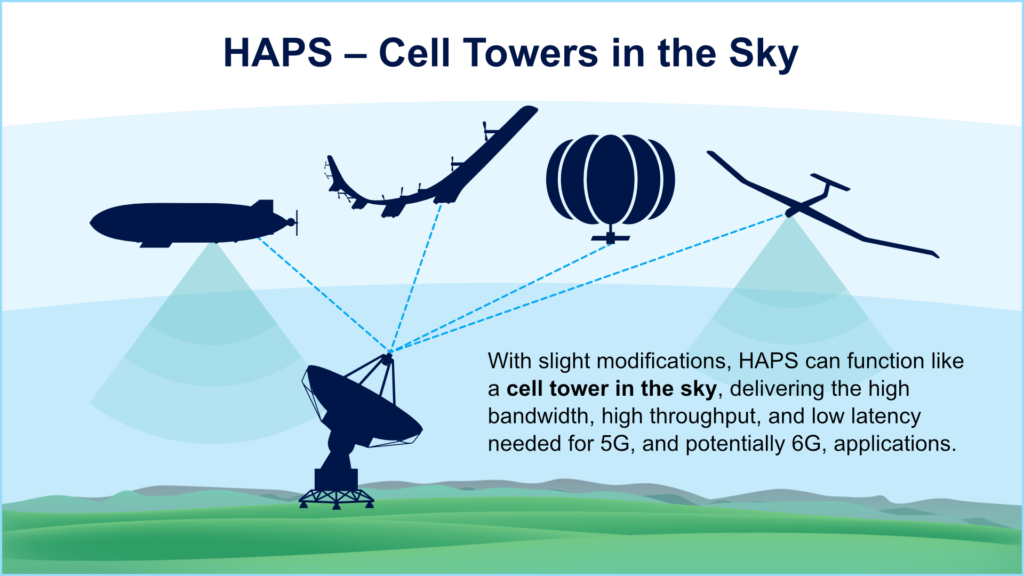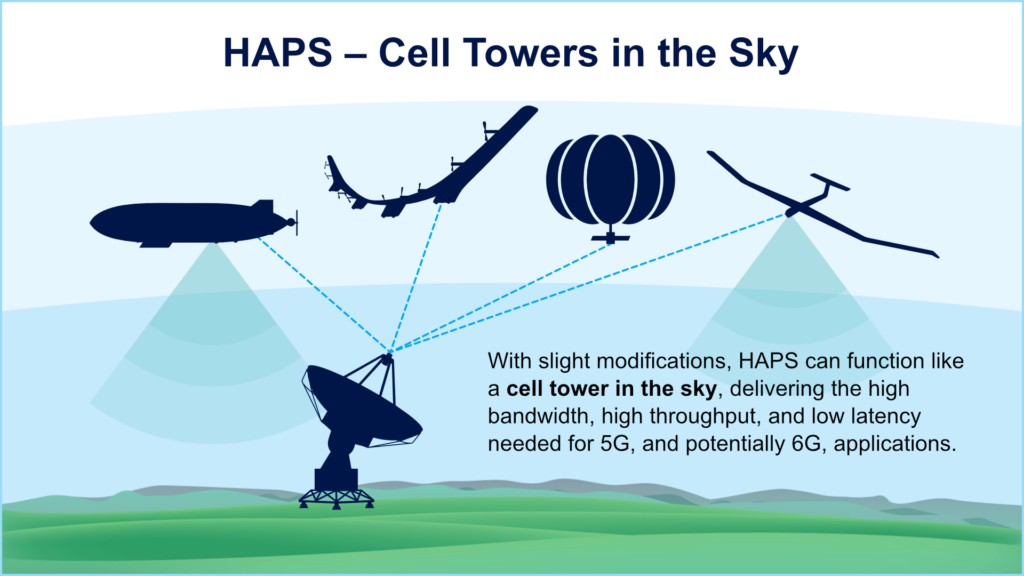So last summer I got this wild idea to actually mess around with weather balloons after binge-watching too many YouTube videos. Figured it’d be fun to see what’s what with these big floaty things myself, you know?

Getting Started (And Basically Confused)
First stop: figuring out what the heck kind of balloon I actually needed. Sounds simple, right? Wrong. The internet threw words like “near-space” and “stratosphere” and “troposphere” at me. Felt like alphabet soup.
Finally clicked: It boils down to how dang high you wanna go.
So I scribbled this out:
- Low Altitude Buddies: Your common weather balloons. Don’t go crazy high, think like airplane heights or a bit lower. Made from stretchy rubber (usually latex). You pump ‘em up with plain old helium or hydrogen. They live fast, pop young – maybe a few hours max? Found ‘em perfect for my first try: snapping pics of the town from way up.
- High Altitude Beasts: These guys aim for the stars… well, almost! Talking near-space, crazy heights. They’re built tough out of special plastics (like polyethylene) to handle the thin air and freezing cold. Need way more gas too – those special tanks aren’t cheap, let me tell you! They last way longer, days even sometimes. My neighbor Dave (science teacher) loaned me a small one to track some weird pollen counts he was obsessed with.
The Fun Part: Actually Doing It
Low Altitude Launch (Balloon #1):

The weather app said “perfect day.” Met up with my buddies in the park downtown. Had the little latex balloon, a tank of helium I rented, a parachute I sewed (badly), and my old GoPro wrapped in bubble wrap and taped inside a Styrofoam box. Looked janky as hell. Filled the balloon slowly – gotta be careful, they rip easy. Tied it all together with fishing line… and let it go. We watched it drift up, up, up. Tracked it with a cheap radio beacon duct-taped inside the box. Lasted about 90 minutes! Landed in a field maybe 15 miles away. Got some cool wobbly video! Felt awesome.
High Altitude Attempt (Balloon #2, Dave’s Fancy One):
Different league. This thing felt… serious. The plastic was thicker, way less stretchy. Filling it took ages because you need SO much helium and you gotta be super careful with pressure. Way bigger payload box too – Dave’s gear, a backup tracker, even a tiny heater thingy. We drove way out to the countryside at dawn to launch. Wind was trickier. Used a proper flight computer Dave programmed to calculate ascent and predict landing. Let her rip… and honestly, it was nerve-wracking watching it shrink into a tiny dot. Way higher than my first one. Lasted almost 40 hours! Dave recovered it from a farm two states over. Took days.
So, What’s the Big Deal? Why Pick One Over the Other?
- Just Peeking? Go Low. Seriously, way easier, way cheaper (minus the helium bill!), way faster. Great for aerial photos, simple science demos, just seeing what it’s like. Mine cost maybe $80 (mostly gas). Launched it Saturday morning, had footage by lunch.
- Serious Business? Go High (With Help & Cash). If you need real altitude, long flight times, or carry delicate gear (like Dave’s pollen traps or fancy cameras), gotta go high. But budget easily jumps to $300+ with the balloon material, huge gas needs, better tracking system. Takes way more planning and permission paperwork sometimes too. Not exactly a weekend whim.
Bottom line? Both types blew my mind in different ways. Low altitude is like riding a bike – accessible and fun fast. High altitude is like driving a rocket – intense, expensive, but takes you places truly out of this world. Glad I tried both, but next time? Probably sticking to low and lazy flights with my buddies and the GoPro. Less stress, more fun pictures!
